Subtotal: R505.00
DIGI POT 12 Click
R465.00 ex. VAT
DIGI POT 12 Click is a compact add-on board that contains a digitally controlled potentiometer. This board features the AD5142A, a dual-channel, 256-position nonvolatile digital potentiometer from Analog Devices. On this Click board™, two digitally I2C-controlled potentiometers are realized with end-to-end resistance of 10KΩ and wiper resistance of only 40Ω. The DIGI POT 12 Click can be used in potentiometer and linear gain modes. This Click board™ makes the perfect solution for the development of mechanical potentiometer replacements, voltage-to-current conversions, gain and offset adjustment, and many other applications.
DIGI POT 12 Click is fully compatible with the mikroBUS™ socket and can be used on any host system supporting the mikroBUS™ standard. It comes with the mikroSDK open-source libraries, offering unparalleled flexibility for evaluation and customization. What sets this Click board™ apart is the groundbreaking ClickID feature, enabling your host system to seamlessly and automatically detect and identify this add-on board.
Stock: Lead-time applicable.
| 5+ | R441.75 |
| 10+ | R418.50 |
| 15+ | R395.25 |
| 20+ | R380.37 |

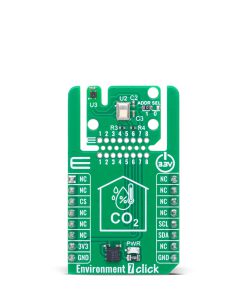 Environment 7 Click
Environment 7 Click 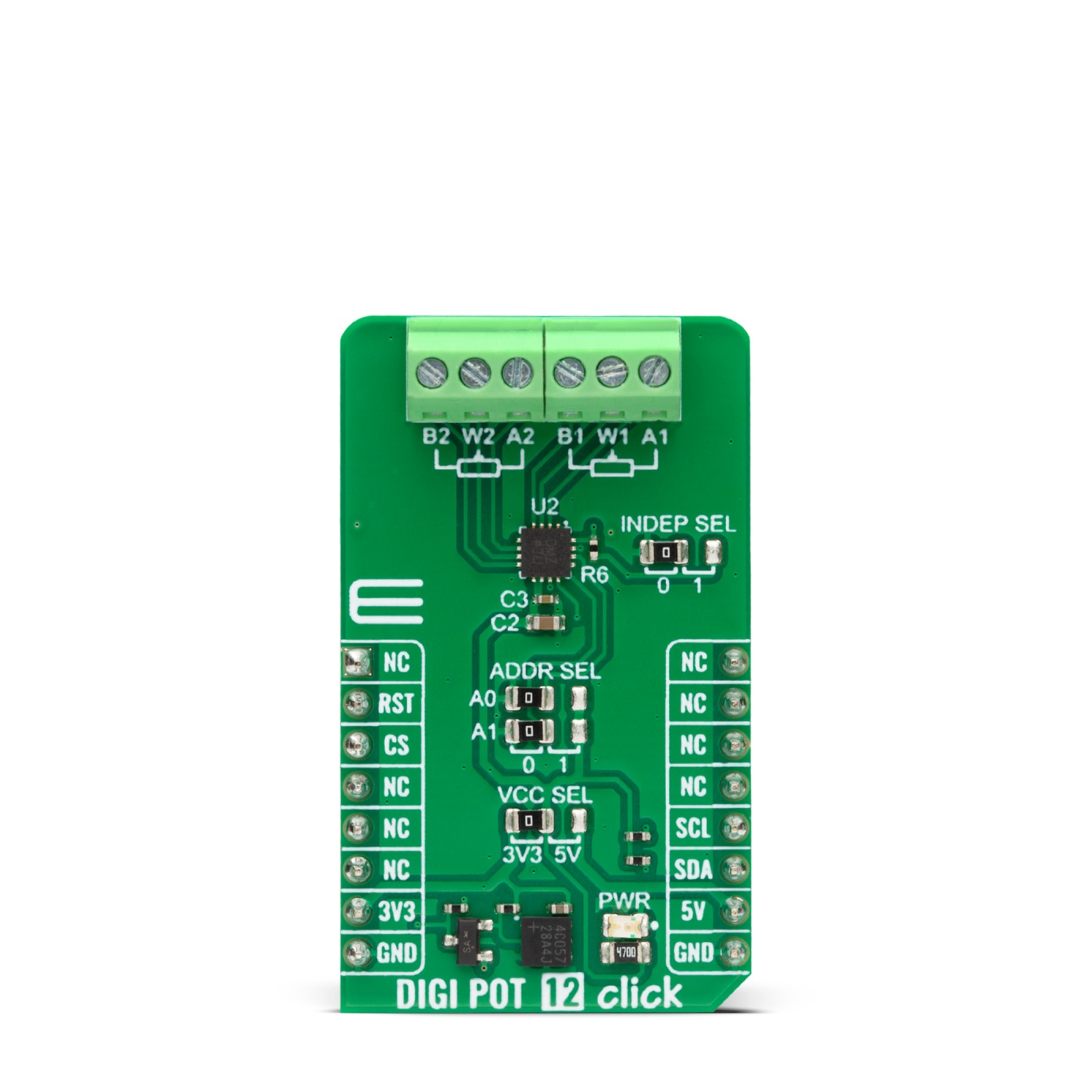

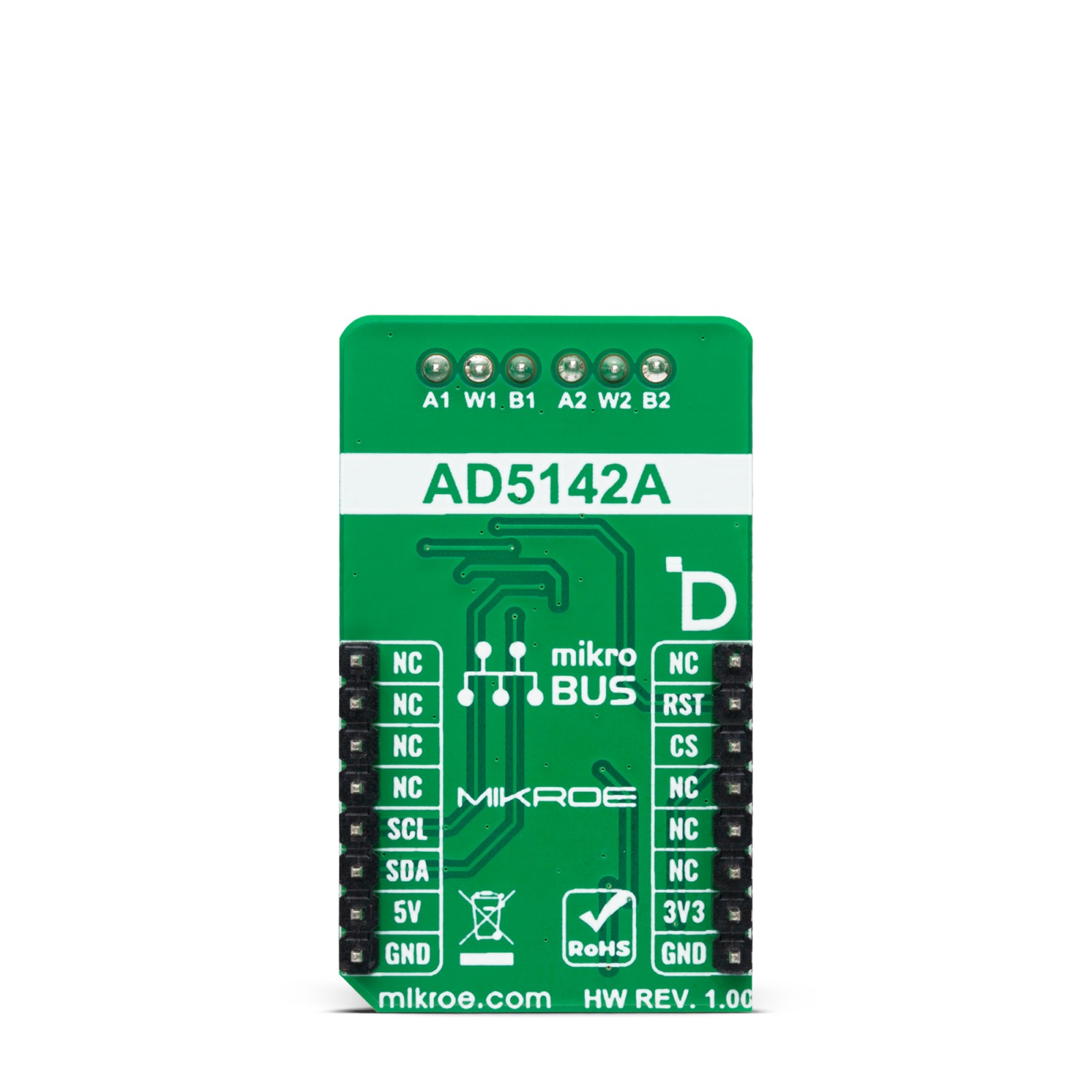
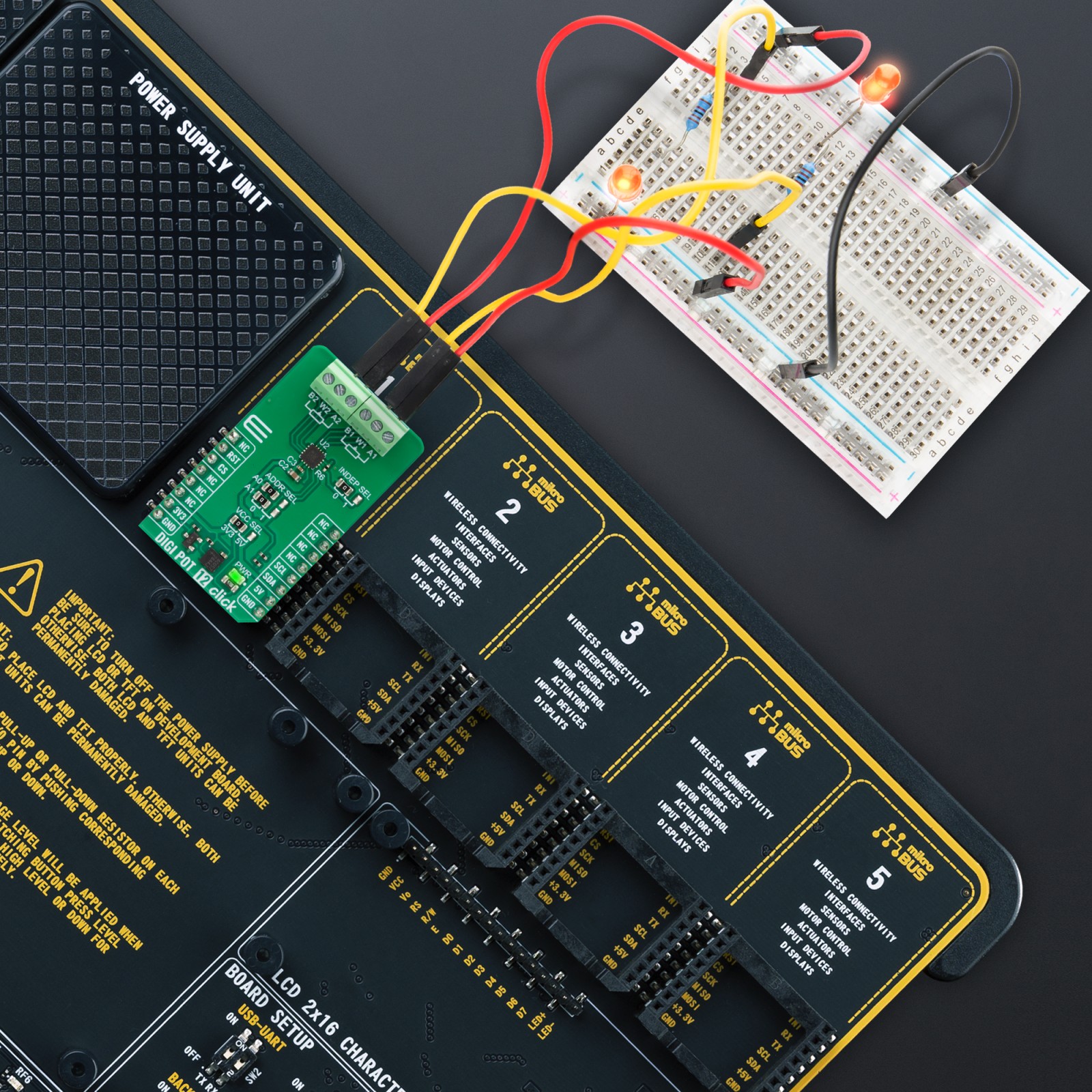
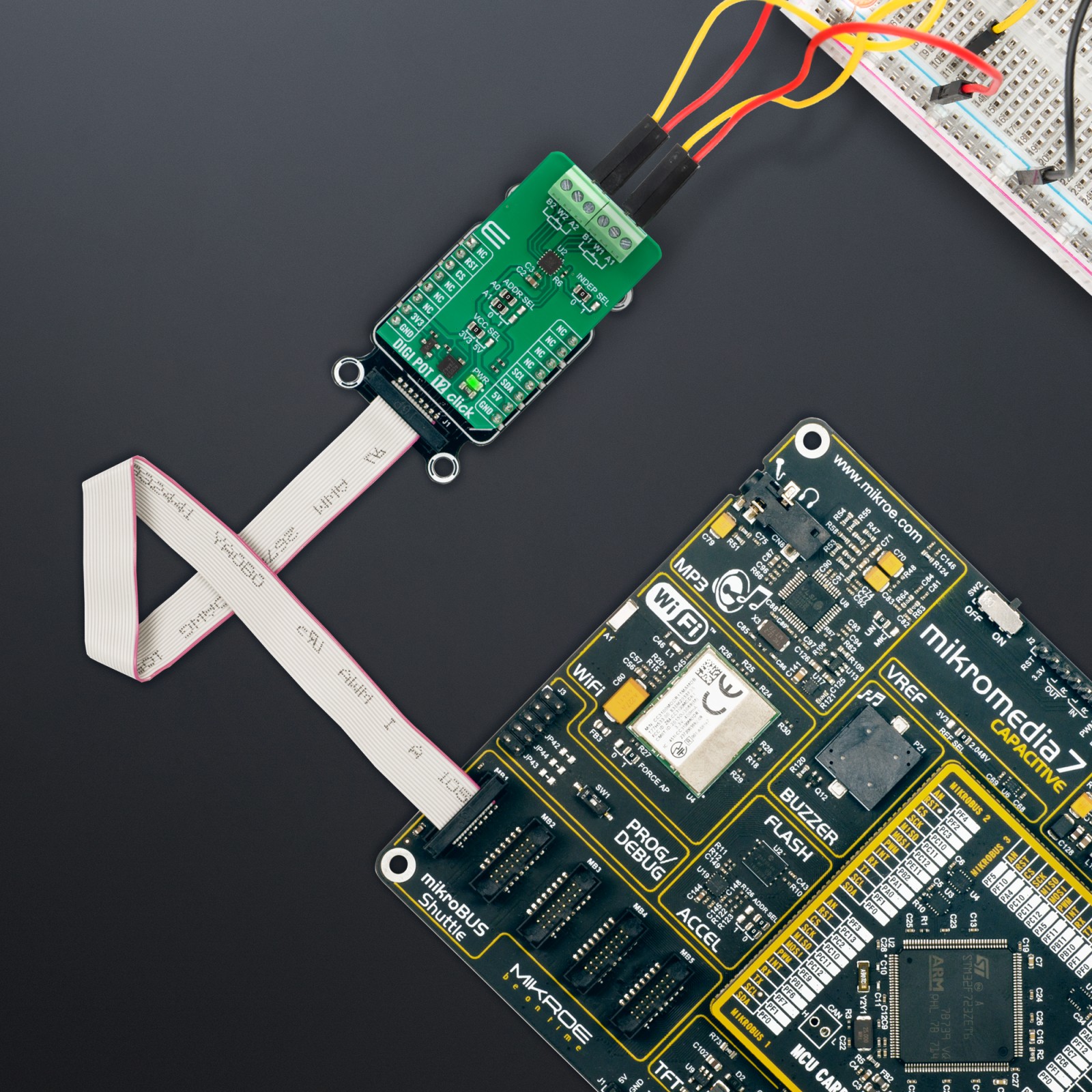
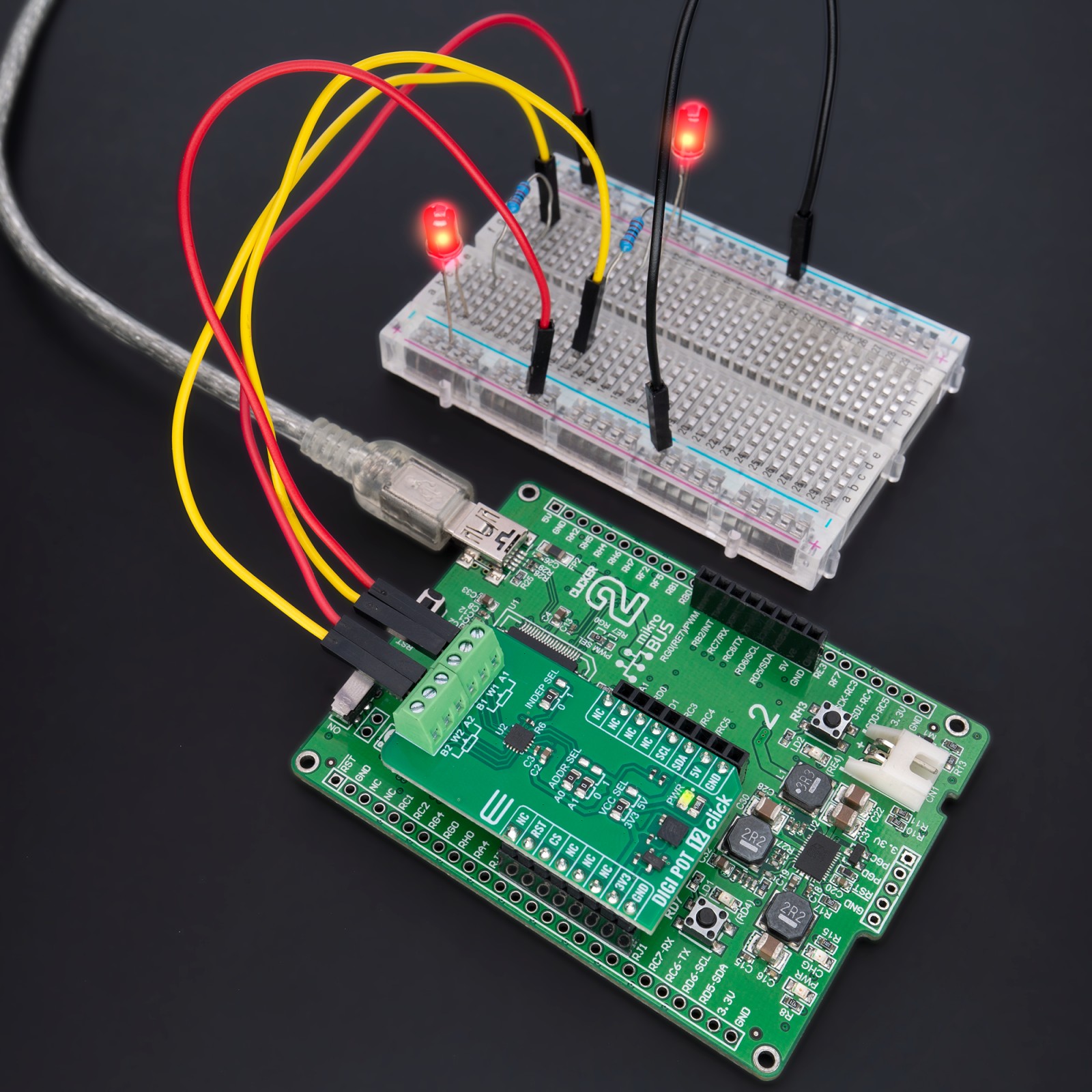

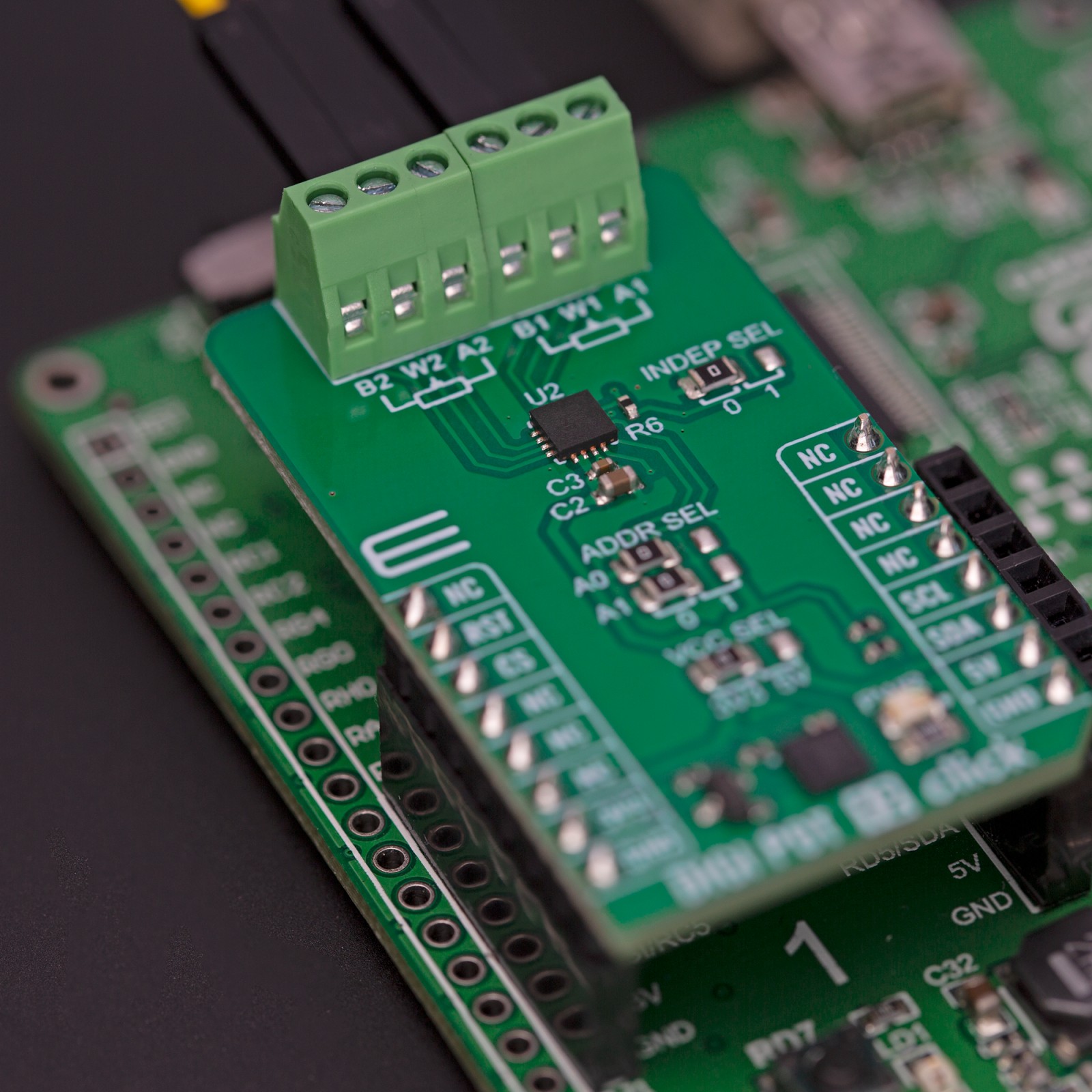
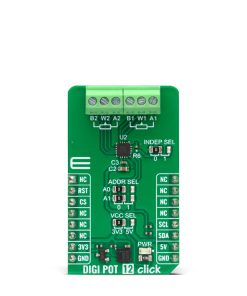



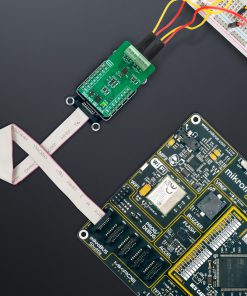

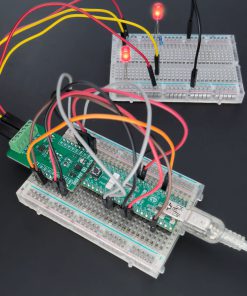
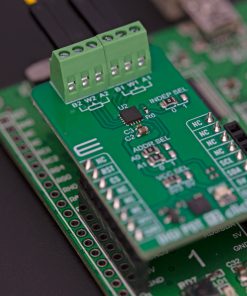
.jpg)








